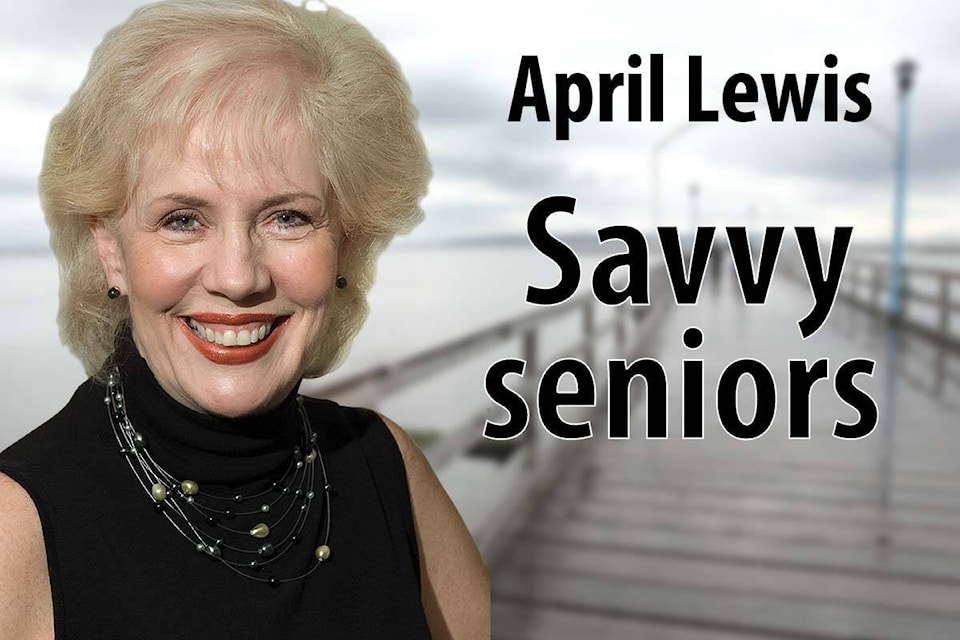February is the month I like to escape to warmer climes and I’m sure you can’t blame me.
Cold weather just doesn’t suit me.
My guy and I usually go to the U.S. as we love America despite its shortcomings and shenanigans; Kauai, Palm Springs or Scottsdale.
I have never been emotionally moved by my annual visits to the good old USA. Except this time.
Wanting to experience somewhere different, I visited the Hawaiian island of Oahu, with a population of 1.4 million.
Most go to the famous Waikiki Beach, but we stayed on the west side of the island in a suburban town called Kapolei.
On our first day exploring the leeward side of the island, once we got beyond the overpriced and unwelcoming Ko Olina resort, we discovered on the Wai’anae Coast beach after beach covered from end to end with homeless encampments. Hundreds of them.
I was shocked and disheartened but understand that homelessness exists everywhere. According to a local I spoke with, these people include not only the mentally ill and drug-addicted but also the working poor and veterans. The homeless population of this side of the island is so high, locals say, as there are fewer affluent residents and tourists to make a fuss. Welcome to paradise lost.
I cheered myself up by listening to U.S. President Joe Biden’s speech on the day we visited Pearl Harbor. Biden said, “Fighting for the sake of fighting, power for the sake of power, conflict for the sake of conflict gets us nowhere.” Of course he was referring to the Republicans, who oppose his every move. It was a different story that fateful day of Dec. 7, 1941 when 350 Japanese planes attacked the unsuspecting U.S. Pacific fleet and bombed Pearl Harbor, finally plunging the U.S. into the Second World War. Fighting, power and conflict took on a whole new meaning. At the Arizona memorial, you can see the names of the approximate 1,170 men who died that day. Peering overboard, you can see the actual midsection of the sunken ship, left untouched as a shrine to the deceased. Today, there remains two survivors, both aged 101.
And then on to the decommissioned battleship USS Missouri, famous for being the location of the signing of the instrument of formal surrender of Japan to the Allied powers on Sept. 2, 1945, thus finally ending the Second World War.
The historic surrender took exactly 23 minutes. I spoke with a tour volunteer, Emi, who was born in Japan and asked her if she has faced verbal abuse since she was obviously Japanese.
She smiled at me and replied, “I’m a symbol of peace.”
Welcome to paradise remembered.
Worth much more than sunshine.
April Lewis writes monthly on seniors.
